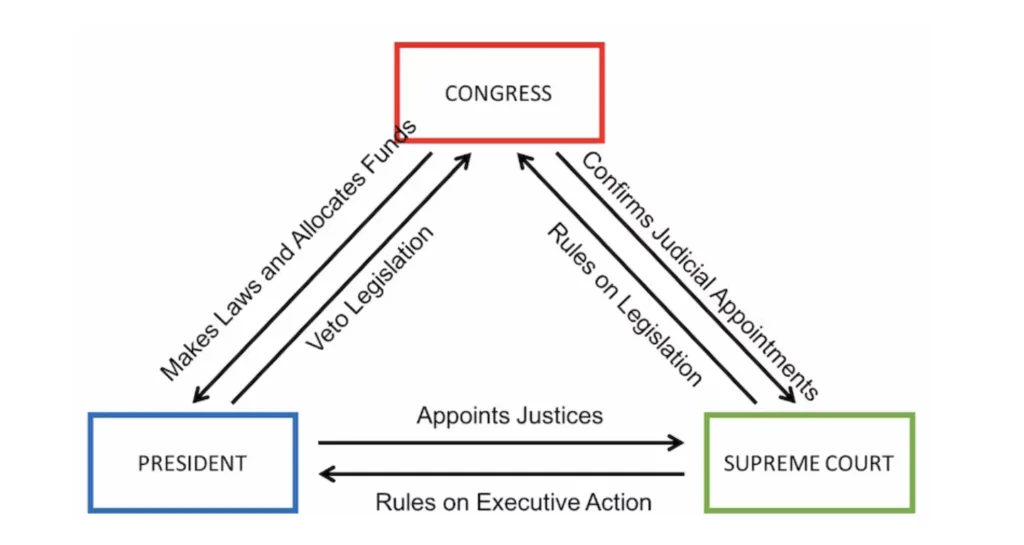Salesforce Release Management: Ensuring Smooth Updates
For professionals looking to excel in managing Salesforce releases, mastering the tools and techniques involved in this process is crucial. A Salesforce Course Online can help equip you with the necessary skills and knowledge for successful release management.

Salesforce is one of the most powerful and widely used Customer Relationship Management (CRM) platforms, with frequent updates to improve functionality, performance, and security. Effective Salesforce Release Management ensures that these updates are seamless, minimizing user disruptions. For professionals looking to excel in managing Salesforce releases, mastering the tools and techniques involved in this process is crucial. A Salesforce Course Online can help equip you with the necessary skills and knowledge for successful release management.
Components of Salesforce Release Management
-
Version Control
-
Salesforce uses a version-controlled environment to track changes and updates. This is vital for ensuring that updates are implemented efficiently without breaking existing functionalities.
-
Tools like Git and Salesforce DX (Developer Experience) allow for better collaboration and version control.
-
Change Sets
-
Change Sets in Salesforce are used to deploy configurations and customizations from one environment to another (e.g., from a sandbox to production).
-
Change sets make deployment easier by allowing users to group changes and track them in one package.
-
Sandbox Environments
-
Sandboxes are essential for testing changes in Salesforce without affecting the production environment.
-
Different types of sandboxes (Developer, Developer Pro, Partial Copy, Full) offer flexibility based on the complexity of the project.
-
Release Planning
-
Planning is critical in Salesforce Release Management. A well-documented release plan ensures that updates are deployed without disrupting business operations.
-
Activities in release planning include impact analysis, stakeholder communication, and defining the release schedule.
Consider enrolling in a Salesforce Certification Course to gain deeper insights into these components.
Tools for Salesforce Release Management
|
Tool |
Description |
Use Case |
|
Salesforce DX |
A powerful toolset for modern development practices in Salesforce. |
Allows version control, automated testing, and continuous integration. |
|
Gearset |
A deployment tool specifically designed for Salesforce. |
Helps track changes between Salesforce environments. |
|
Copado |
An end-to-end release management and deployment tool for Salesforce. |
Provides integrated CI/CD pipelines for Salesforce. |
|
Change Sets |
Salesforce’s native tool for moving changes between environments. |
Useful for simple changes that don’t require a full deployment pipeline. |
Salesforce Release Management Best Practices
-
Continuous Integration and Delivery (CI/CD):
-
Implementing CI/CD pipelines allows developers to automate testing and deployment, which reduces errors during the release process.
-
Salesforce DX enables the automation of these processes, streamlining release management for teams. Enroll in a Salesforce Certification Course to master CI/CD in Salesforce environments.
-
Automated Testing:
-
Testing is a crucial part of release management. Automated tests can help identify issues before they reach production.
-
Using tools like Provar or Selenium integrated with Salesforce DX for automated testing can speed up the release cycle.
-
Post-Release Monitoring:
-
After an update is deployed, it’s important to monitor the system’s performance to catch any issues early.
-
Salesforce provides built-in monitoring tools, such as Event Monitoring, to track changes and system health post-release.
Tools for Salesforce Release Management
|
Tool |
Category |
Key Features |
Use Case |
|
Salesforce DX |
Development |
Version control, Automated testing |
Ideal for development teams working in collaboration. |
|
Gearset |
Deployment |
CI/CD pipeline, Deployment tracking |
Best for managing multiple Salesforce orgs. |
|
Copado |
Release Management |
Full DevOps automation, Testing |
Suitable for teams with complex release needs. |
|
Change Sets |
Deployment |
Manual migration of customizations |
Best for straightforward deployments. |
Handling Common Release Challenges
-
Rollback Mechanism:
-
Having a rollback plan in case of failures is crucial. Salesforce offers options for rollback during deployment, but ensuring proper testing in sandboxes reduces the need for this.
-
Data Integrity:
-
When deploying changes, maintaining data integrity is essential. Use tools like Data Loader for data migration to ensure that records are consistent across environments.
-
Collaboration and Communication:
-
Effective communication between developers, admins, and business users is essential. Tools like Salesforce Chatter can facilitate real-time collaboration.
Level Up Your Release Management Skills
For professionals looking to dive deeper into Salesforce Release Management, enrolling in Salesforce Classes in Bangalore can be a great way to enhance your practical knowledge. These classes offer hands-on experience with real-world Salesforce deployment tools and strategies.
Release Cycle and Deployment Success
For professionals looking to boost their skills, enrolling in a Salesforce Course Online can be the key to mastering release management processes. With the right training and practices, you can ensure your Salesforce updates go off without a hitch, every time.
Conclusion
Effective Salesforce Admin Certification Cost in India Release Management is critical for ensuring smooth updates, minimizing downtime, and maintaining system stability. By using the right tools, planning releases carefully, and integrating automation, businesses can streamline their Salesforce environments.
What's Your Reaction?





















